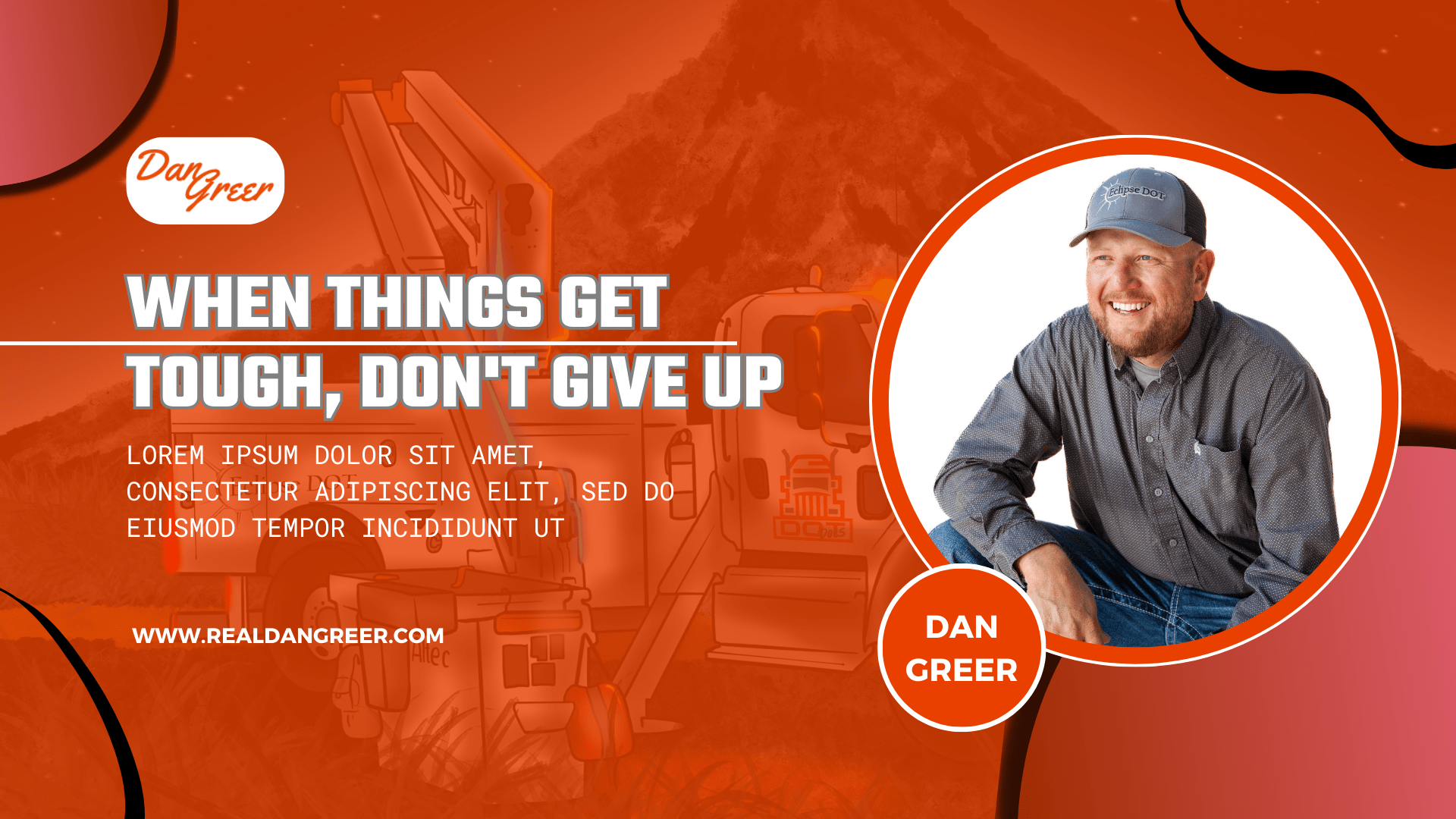Extreme Ownership
Let’s begin by defining extreme ownership. How would you describe it?
Extreme ownership, to me, means owning everything in your life—your work, family, and thoughts. It’s about not letting others handle your responsibilities. You take charge of what happens in your life, making sure you’re in control. It’s all about being responsible for every aspect of your life—no excuses.
Read that last sentence again. Don’t let others take responsibility for what happens in your life. Own it all, and take charge without allowing excuses.
You’re in charge of it all. If someone leaves, it’s on you. Your weight is what you’re doing. Can’t handle bills? Your responsibility. In the end, everything falls on your shoulders, whether it’s people, pounds, or payments. It’s all your call.
Understand? Whatever occurs, it’s on you. Even your thoughts! If you believe you’re not attractive, it’s your job to shift that thinking. You hold the key to why things happen, including the way you see yourself. Take charge and change your perspective for a better outcome.
Another part of extreme ownership is avoiding excuses. What? I never make excuses. Yeah, right! We all make excuses, and that includes me. It’s important to acknowledge and overcome that tendency toward true ownership.
Making excuses limits extreme ownership. Each excuse signals to our minds that it’s okay or offers a reason for not achieving our goals. To truly take charge, we need to eliminate excuses and take responsibility for our actions, fostering a mindset of ownership and accountability.
Why does it matter? When we provide an excuse, our mind seizes the opportunity. A single excuse paves the way for more, creating a chain reaction. One leads to another and then another, forming a cycle of excuses that hinder responsibility and ownership. It’s crucial to break this pattern.
You probably understand by now. Winning makes it easier to keep winning, and losing makes it easier to keep losing. Reflect on your recent excuse—was it major or minor? How did you feel afterward? The goal is to make you aware that you made an excuse, fostering a sense of responsibility and ownership.
I didn’t start a webinar because someone left, and I had to change plans. I haven’t found time to finish the slides. I’m letting external factors control aspects of my life. But pay attention to two things in the last sentence. It’s important to be aware of these patterns.
Firstly, notice I didn’t mention being busy—avoid that word. Secondly, I’m owning the excuse by admitting, “I haven’t made time for the slides.” I’m not saying I lacked time; I’m saying I didn’t prioritize it. Recognizing this difference is crucial for taking responsibility and making intentional choices in how we spend our time.
Friends, adopting extreme ownership, even in excuses, is the first step to changing thoughts and stopping excuses. Now, let’s change our focus. It’s about taking responsibility and altering our mindset, paving the way for positive change. Now, let’s shift our attention.
For a long time, I had a hard time making my team embrace extreme ownership. While I was good at it, some team members struggled to follow suit. I decided to invest time in their mindset. We meet once a month to brainstorm about the business, fostering a collaborative and responsible approach to our work.
But there’s much more to it. This day gives me insights into the team’s well-being and where they face mindset challenges. We engage in exercises to empower them to take control. You might wonder, what are they taking control of? It’s about taking charge of their mindset, actions, and the direction of our collective efforts.
The key is their mind. Once they conquer their minds, anything becomes possible. During our team day, we tackle 5 to 6 exercises to break limiting beliefs. Then, we establish new beliefs, enabling us to embrace extreme ownership. It’s a process of empowering the team to overcome mental barriers and foster a proactive mindset.
Through these monthly gatherings, I discovered our productivity soars—seriously, it goes through the roof! Everyone’s pumped, sensing something greater than us all. The energy we bring to the room excites them, renewing their passion for our cause. It’s like a booster, making our collective effort more powerful and inspiring.
Unconsciously, everyone, me included, begins to embrace more ownership. We quit shifting blame and say, “I’m good at that; I can handle it.” Or, “I might have misspoken to a client about ______. Do you have a suggestion for fixing the situation?” It’s a positive shift toward accountability and problem-solving within the team.
Should you want me for a “team day” at your office, contact our team, and we’ll gladly set it up. But first, let’s chat. If you don’t buy into it, your team won’t either! You must be 100% committed to making a genuine impact. Let’s discuss this before diving into this valuable experience.
Until next time, keep the rubber side down.
Dan Greer
Explore more on leadership and personal growth. Don’t miss our blog on ‘TAKING RESPONSIBILITY FOR OUR ACTIONS‘ Stay tuned for more practical insights and advice at Eclipse DOT








